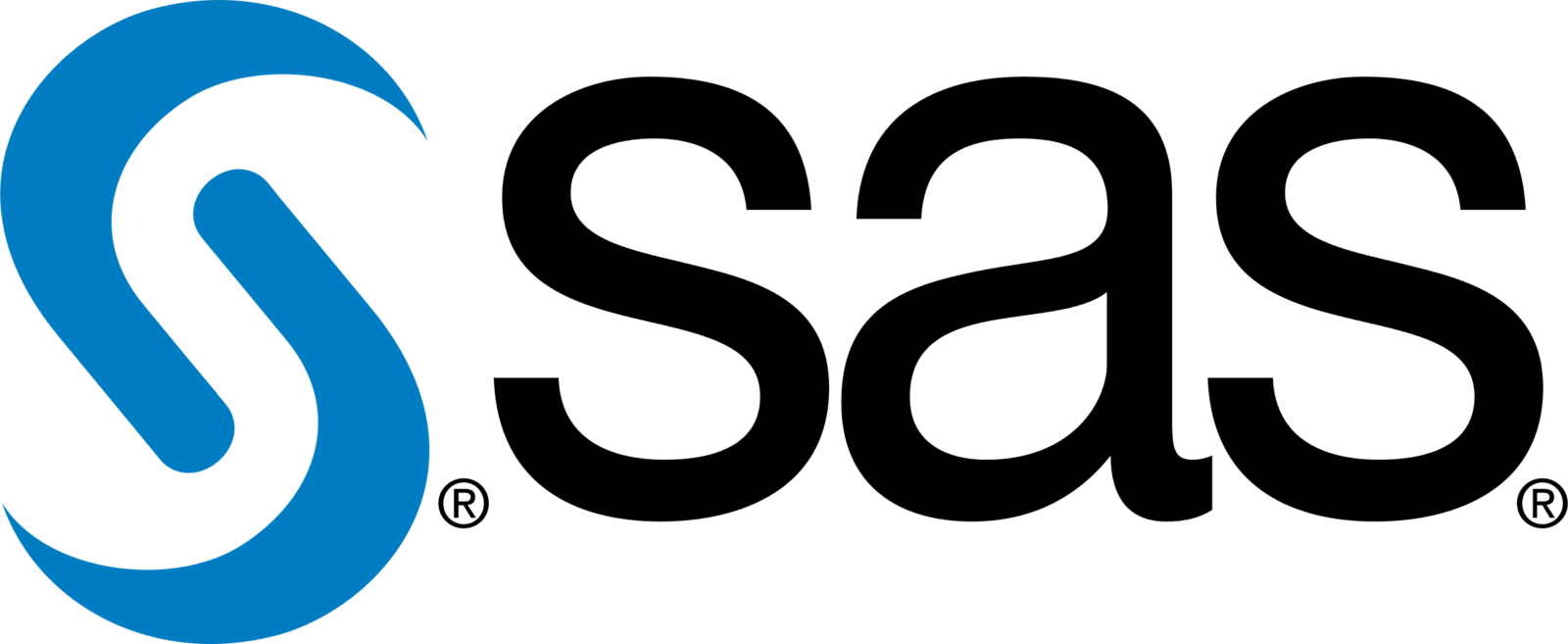Why Workplace Search Apps Are Like Olives in a Bottle
The first one is the hardest, then the rest come tumbling out.

An alumna from my alma mater once told me this about learning foreign languages: “like olives in a bottle, the first one is hard to get, then the rest come tumbling out.” The same is true of search applications.
Companies that focus on ecommerce typically start with a catalog search, then move on more easily to using machine learning for merchandising, before tackling other adjacent use cases like customer support, supply chain management or chatbot enhancement. Other companies may start with their internal workplace search. They begin with improving their knowledgebase search, so their employees can more easily get the info they need to do their jobs more effectively. Then they use it for human resources FAQs, for IT helpdesk ticket deflection or for agent effectiveness in their contact center.
If a use case requires a personalized connection between employees and customers, with information in the middle, Lucidworks can solve those over and over again.
Let me give you a real-life example of one customer journey with lots of olives. SAS is a leading data analytics software company and a long-term Lucidworks customer.

SAS deployed Lucidworks Fusion for both external website search and internal intranet search, and they maintained and optimized both of those deployments with a team of only 3 developers, so it is very easy for them to manage, relative to the benefits the company enjoys. As it turns out, the 2019 Gartner Critical Capabilities for Insight Engines report rated Fusion very well for the first two use cases that SAS pursued. Gartner ranked Fusion as the #1 insight engines solution for external website search among the 7 vendors evaluated and the #2 solution for internal intranet search of the 15 vendors evaluated.
Alex Flynn, Sr. Manager of IT in SAS’ cloud operations management division, has shared her team’s journey with Fusion at our Activate conference, and you can hear her tell some of that story in this video:

After I describe what SAS has already accomplished with Fusion, I’ll suggest two more applications of Fusion: Smart Answers that brings deep learning for employee and customer self-service or Predictive Merchandiser for b2b online conversion.
“There’s never going to be a day that we can live without search.”
-Alex Flynn, Sr Manager IT, SAS
SAS Win 1: Intranet Search for Employee Productivity

The SAS intranet site serves 16,000 employees globally. It has to support 54 global offices, with 9 million documents in many different languages. Many types of employees need quick access to relevant information, appropriate for their role, regardless of whether they work in sales, marketing, customer support or engineering.
Before Fusion, SAS was using Google Search Appliance, but the GSA had limitations that harmed search result relevancy, especially in non-English languages. This meant that employees in the SAS global offices who did not speak English as their first language couldn’t find what they needed using natural language.
After implementing Fusion on v2, SAS later migrated to version 3, then to version 4. With Fusion 4, SAS employees enjoy the benefits of query pipelines, index pipelines, auto-suggestions for queries, spellcheck and APIs to connect to data from JIRA, Confluence, ServiceNow, and Sharepoint.
And of course SAS creates data analytics software, and so they’re developing an API to export data from Fusion to be analyzed in the SAS Visual Analytics platform.
All of these improvements to SAS’ intranet search have added very real improvements to the famously positive experience of working at SAS. When employees can immediately find information within a personalized experience, their performance and job satisfaction improve.
Now Fusion machine learning learns how SAS employees prefer to search their intranet. This continuous improvement means that every day it becomes easier for SAS employees to find the insight they need. This has turned out to be especially useful when onboarding new employees during remote work!
SAS Win 2: Customer Search on External Website

SAS also uses Fusion for their external customer website search. Although the company started with Fusion for intranet search, the company moved to version 4 for external search before internal search. They were using Verity UltraSeek (formerly Inktomi Enterprise Search) to run search on their customer-facing digital channels such as forums, blogs and their support site.
When Fusion was initially deployed on SAS’ sites, roughly half of the users clicked on the first query result and 60% clicked within the top three results.
To improve the experience of finding SAS products and support information, the SAS team followed this five-step process that we see with many of our ecommerce customers:
- Tested ranking and relevance
- Cleaned up content, based on what their customers were reading
- Implemented boosts and blocks to surface the right content
- Analyzed the data again
- Improved results again and went back to step 1
After running through this process, SAS saw relevancy improve significantly. 60% of users clicked on the first query result and 70% clicked within the top three.
Two Additional Opportunities: Smart Answers for Support Self-Service and Predictive Merchandiser for Ecommerce
The SAS team has been using Fusion since 2017, and they’ve enjoyed great results for their Intranet Search and External Website Search applications. In the meantime, the Lucidworks product team has been working very hard to extend our ability to match the user intent to find information with information our clients have. The only difference between typing a query string in a search box and asking a natural language question is punctuation. Both of the text strings contain signals of intent.
That’s why Lucidworks offers Smart Answers.

The main goal of an ecommerce site experience is findability, and chatbots are an important application of search. Customers can find answers themselves, discover new products, and avoid calling that dreaded 800-number by asking the question of a smart chabot or virtual assistant instead.
SAS also markets and sells its product from its website. We love our B2C customers, but B2B sells and supports products online too. So, even if we launched Lucidworks Predictive Merchandiser because our B2C ecommerce customers demanded it, it can also help our B2B customers boost certain products, block others or pin the most important to certain search queries.
If you’ve just finished reading this, you should know that, earlier this summer, Fast Company recognized SAS as one of the ten best workplaces for innovators. Here’s one phrase from the SAS press release that caught my eye: “Out of nearly 900 applications, SAS stood out as one of the companies that successfully fosters a culture of innovation and encourages employees from top to bottom to discover, explore, and invent.” We’re proud to be partnered with SAS, to help SAS employees discover and invent more.
If you want to win awards for treating your employees better, you should contact us.
Best of the Month. Straight to Your Inbox!
Dive into the best content with our monthly Roundup Newsletter!
Each month, we handpick the top stories, insights, and updates to keep you in the know.